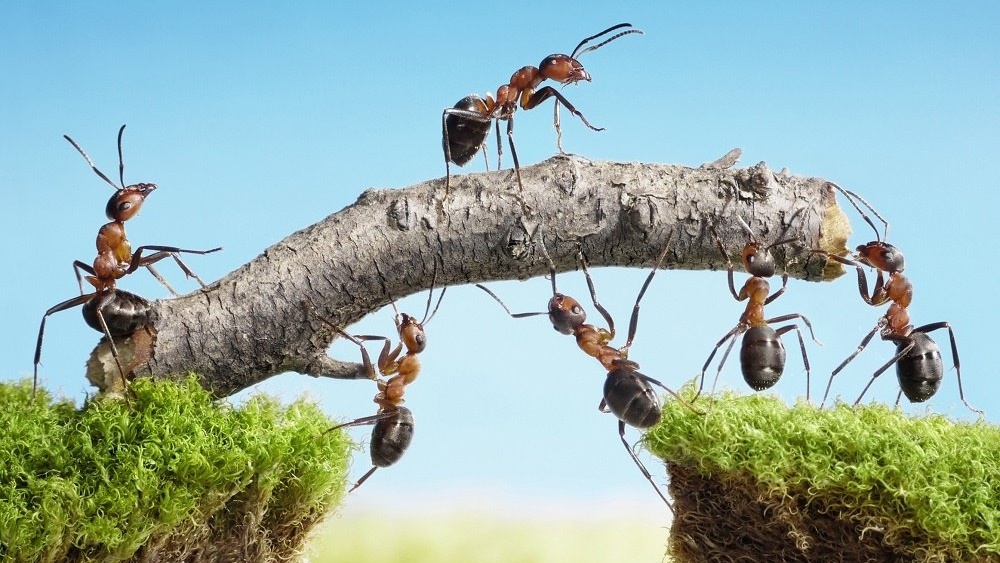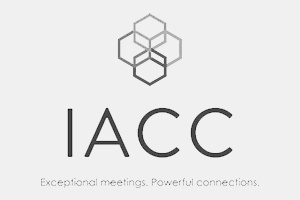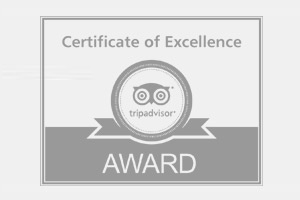It’s not enough to simply group the best people in a team to achieve the desired outcome, you also need constructive team dynamics so your employees feel comfortable expressing their skills and experience.
Team dynamics are at work whenever two or more people are grouped together to meet a specific goal or purpose. In this group setting, people often take on distinct roles and behaviours, which causes a ripple effect on the team, both individually and as a collective. These unconscious, psychological forces that influence the direction of a group’s behaviour and performance are known as team dynamics.
It’s fair to say, then, that team dynamics are central to organisational success. In a group with poor dynamics, people's behaviour can cause friction or blockages, which can result in the team coming to an unsatisfactory or wrong decision. Factors that lead to poor dynamics include weak leadership, people adopting obstructive roles and lack of self-awareness.
So, what can be done to improve team dynamics? Or better still, how can you foster constructive group dynamics from the off?
Get to Know your Team
Observe your team at work, making observations about how well they seem to function as a group, particularly noting unhelpful behaviour such as aggressive, negative or recognition-seeking attitudes. In addition to group observations, talk to team members on an individual basis in a private and confidential environment.
These notes of observations and responses won’t be that beneficial, however, without a knowledge of the wider context of what makes a good team. So, make sure you have an understanding of the phases that a group goes through as it develops, as well as the impact that different individuals have on the team.

Deal with Problems in the Moment
Often, it’s just one or two people that are holding the group back with their behaviour. If you see a team member engaging in disruptive behaviour. Take time to explore with the individual their awareness of the impact they are having on other team members and try to get them to consider what they are currently doing and ask them if there is a way of engaging more effectively with other team members. Help them to explore the views of others and then agree with them what they will try to do differently in order to create a better working environment.
Provide Some Direction
Not every team member will slot into a predefined role within the group. Sometimes you need to provide the focus and direction so that people understand where they fit into the group. Be aware that this is not a static situation, and that the team members should take responsibility depending on their areas of expertise. Trust within the team is essential in order for this to be effective.
Creating a team charter, where everyone’s roles and responsibilities are listed alongside the group’s mission and objectives, will go a long way to bringing out the best in individuals and, in turn, the team. Identify the right team behaviours that should exist within the charter.

Foster Open Communication
Breakdowns in communication can hamper group trust and togetherness, so it’s essential that everyone is able to voice their opinion in an open environment. It’s easy for the stronger personalities to dominate discussions, which means you’ll often need to create an awareness within the team for everyone to contribute ideas in a safe collaborative environment.
It could just be as simple as giving somebody the role of ‘Chair’ in meetings so that everybody has their say, or making the group use shared documents, which would mean nobody can make any changes without the rest of the group knowing about it.
Break Down Team Barriers using Experiential Learning
There are few better ways to foster constructive group dynamics than team building activities. Having fun together whilst breaking down any barriers, will build trust and encourage stronger relationships between team members.

However, team building activities need to actively engage your employees in the right way, otherwise they won’t bring those benefits. We’ve found that experiential learning is the most effective method for creating environments for open and honest discussion, with participants encouraged to reflect on their experience without fear of recrimination. By enabling the team to discover for themselves and exploring ways of improving their performance together, the outcomes can drive the change you’re looking for back in the workplace.






